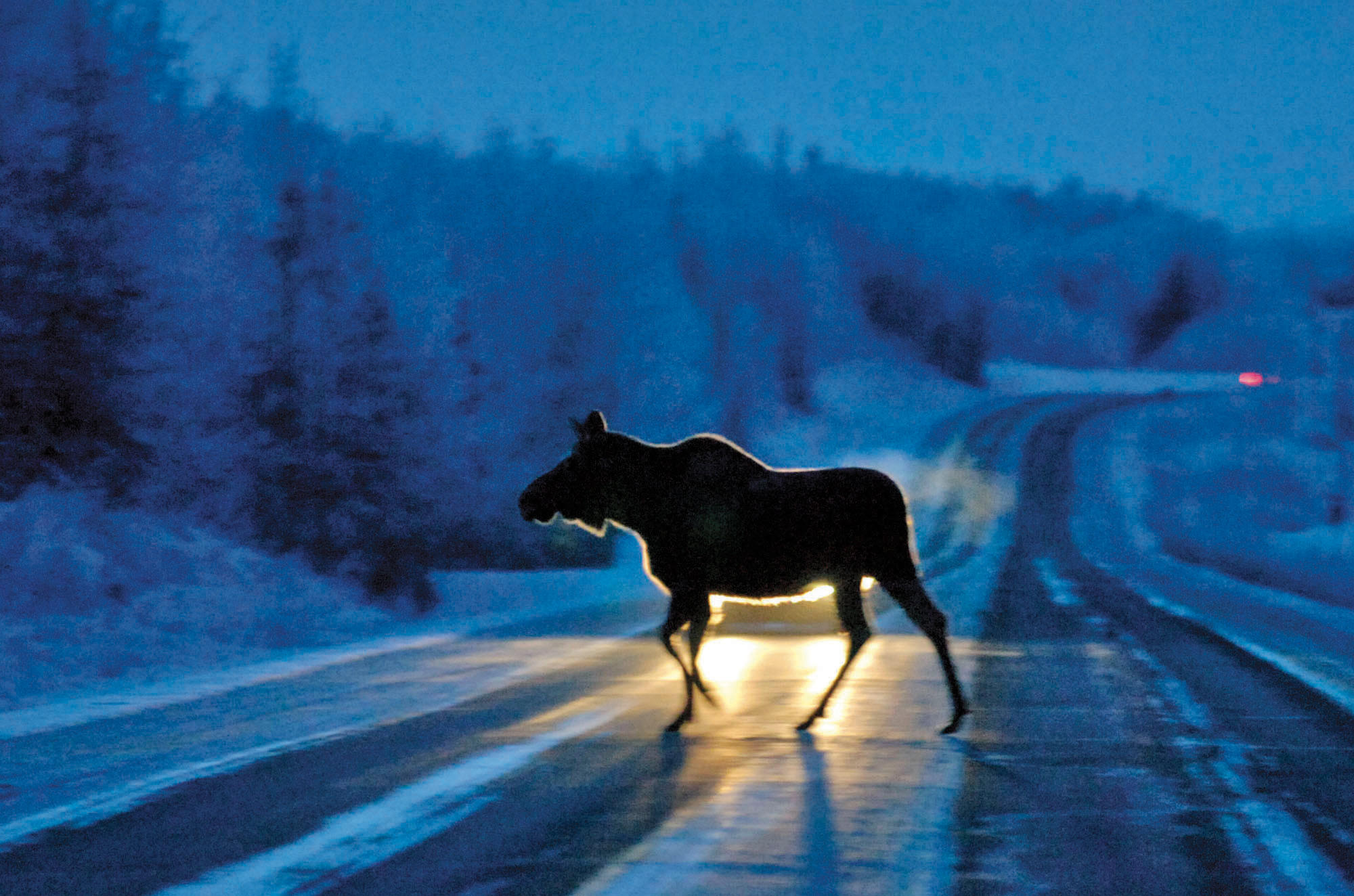Editor’s note: This article has been corrected to add the general season dates for moose hunting that the Board of Game reconvened to set, and the dates for a cow hunt in 15C.
ANCHORAGE — Promising moose numbers on the southern portion of the Kenai Peninsula led Alaska’s Board of Game to open two new hunts and reauthorize a cow hunt.
The board considered 13 regulatory proposals on Kenai Peninsula moose during its southcentral regional meeting in Anchorage. Hunters asked for an archery-only season, changes in the bag limits and less restrictive definitions for legal bull moose, drawing hunts and changes in the moose season dates.
Ultimately, the board agreed to four of the proposals including one that reinstitutes a non-resident moose hunt in the general season. However, the non-resident hunt applies only to the southern portion of the peninsula — known as area 15C. Only Alaska residents can participate in the general season hunt on the northern part of the peninsula. Board members also reauthorized a hunt for cows in the area, opened a new roadside hunt near the Sterling Highway and changed the dates of another cow hunt all within the same game management subunit, 15C.
Of the three subdivisions of game units within the larger game management unit 15 that covers most of the western part of the Kenai Peninsula, 15C has seen the highest moose numbers in recent years.
Fish and Game area management biologist Jeff Selinger told board members that moose populations in 15C — which has a northern boundary near Kasilof and runs east to the Kenai mountains, then south to encompass the Chugach Islands — has seen steady if not growing numbers of moose. This was, in part, due to several recent fires in the area including the Fox Creek Fire and one in the Caribou Hills, he said.
Moose numbers in 15B, an area recently burned in the Funny River Fire, could also improve in the next few years, he said.
“Moose population status depends on fire history,” he said.
Elsewhere on the peninsula, including the eastern end and the northern portion, moose populations have declined in recent years according to Fish and Game data.
The newly authorized nonresident hunting season in 15C will last from Sept. 1-25.
The board also changed the dates on the antlerless, or cow, moose hunt — DM549 more commonly known as the Homer cow hunt — in 15C to run Oct. 20 – Nov. 20 for resident and non-resident hunters. That hunt allows up to 100 permits and allows the hunter to kill a cow unaccompanied by calves.
The previous season dates coincided with a non-cow hunt in the area and wildlife troopers have been called to investigate legal kills. Law enforcement at the meeting told the board that they had three documented cases, in the last year, when troopers investigated reports of improper moose harvests and found that the hunters had the proper permits.
The new season will happen later in the year and the proposal authors with the Homer Fish and Game advisory committee wrote that the meat hunt should be pushed to a later date for ease of meat preservation.
“I think hunters will really appreciate this one because it’s a better time to hunt,” said Board Chairman Ted Spraker.
Board members also decided to open a moose hunt within one mile of the Sterling Highway during the winter for problem areas in 15C. The hunt, which will only be open to residents, will take place at the discretion of Fish and Game managers. It will be open from Oct. 15 through March 31 and is intended to be used as a targeted hunt to kill moose that are likely to be hit by vehicles.
Selinger told the board that an average of 49 moose had been killed in collisions on average over the past five years in the game subunit.
In addition to the moose proposals, the game board also shifted the opening dates for the beaver trapping season on the Kenai Peninsula to an earlier date to allow for open-water trapping and shortened the season for ptarmigan hunting in 15C north of Kachemak Bay and Fox River.
Reach Rashah McChesney at rashah.mcchesney@peninsulaclarion.com.

